Deck & Commander Strategies
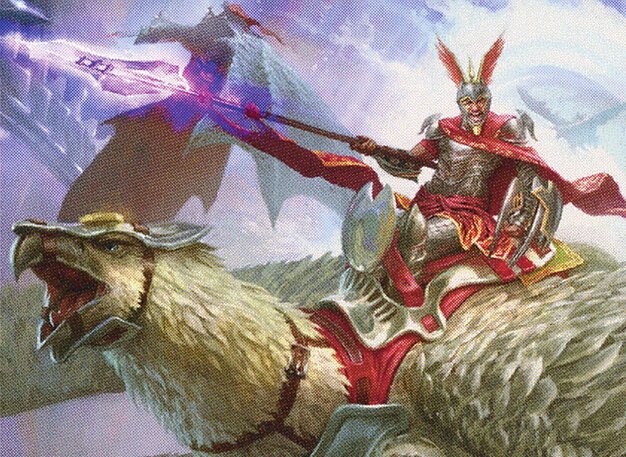
Sidar Jabari of Zhalfir
Focuses on efficient combat phases with creatures dealing damage and triggering card draw, aiming to maintain continuous board presence and resource flow.

Yarus, Roar of the Old Gods
Utilizes flying threats and damage-dealing triggers tied to the number of permanents controlled to control the board and generate card advantage.

Niv-Mizzet, Guildpact
Leverages powerful damage and card draw synergy to control opponents and accumulate advantage through repeated damage triggers.
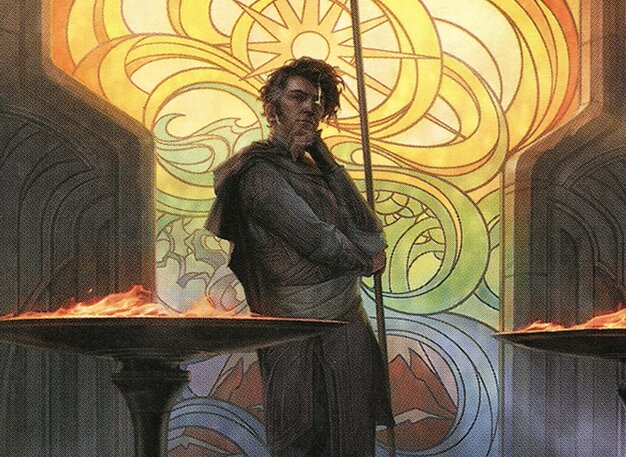
Garth One-Eye
Centers around graveyard recursion by returning creatures to the battlefield when they die, enabling sustained board presence and value from creature losses.
Gameplay Insights
- 1
A mass removal spell was cast that wiped all permanents, including lands, forcing players to rebuild their board states from scratch.
- 2
The interaction involving controlling life was pivotal, affecting how damage and life-loss mechanics were interpreted and applied during the game.
- 3
Players adapted to unusual card text modifications and custom rules, requiring creative thinking to navigate the altered game environment.
- 4
The game emphasized incremental advantage through combat damage triggers that drew cards and recurring creatures upon death, highlighting synergy between aggressive and resilient strategies.
Notable Cards
-
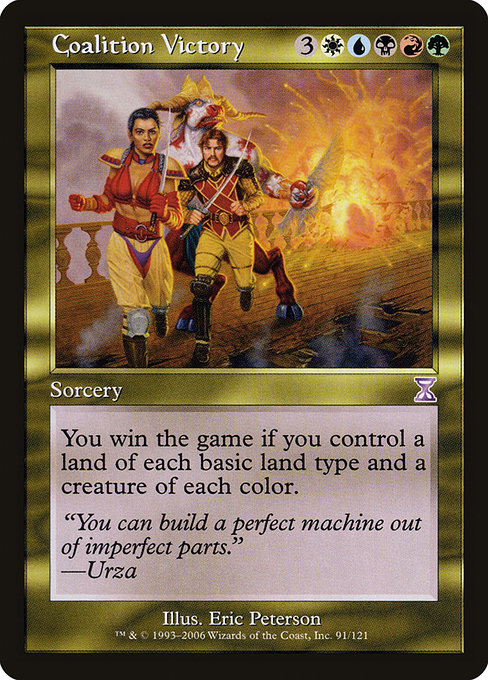
Coalition Victory
-
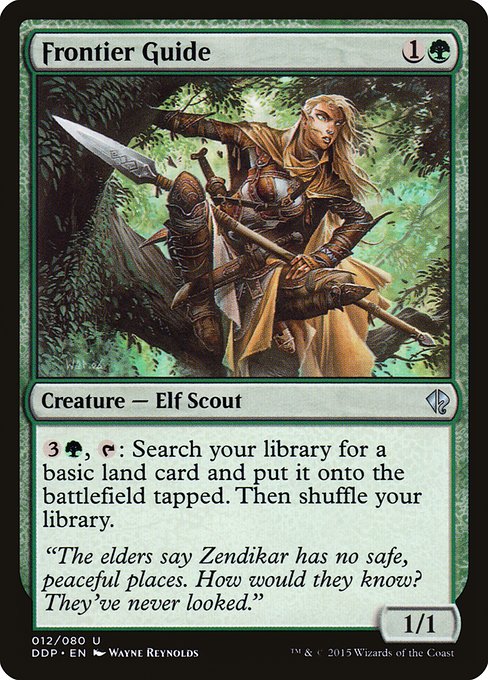
Frontier Guide
Gameplay Summary
The game commenced with players introducing their uniquely altered commanders, each featuring custom Sharpie modifications that affected their abilities and interactions.
Early turns were focused on ramping and setting up the board, with players deploying lands and casting creatures to establish their presence.
A notable board reset occurred when a player cast a mass removal spell that wiped all permanents, including lands, forcing a slow rebuild phase.
This reset significantly shifted the game's momentum, as players scrambled to recover resources and reestablish their strategies.
Throughout the game, players leveraged their commanders' modified abilities, such as drawing cards on combat damage and recurring creatures upon death, to gain incremental advantages.
The gameplay featured creative rule interpretations and interactions stemming from the Sharpie alterations, leading to unpredictable and humorous moments.
The game appeared to revolve around resource management and incremental value generation, with a heavy emphasis on combat triggers and board presence.
The win condition seemed to hinge on leveraging the commanders' recurring creatures and damage-dealing capabilities to outpace opponents in card advantage and board control.



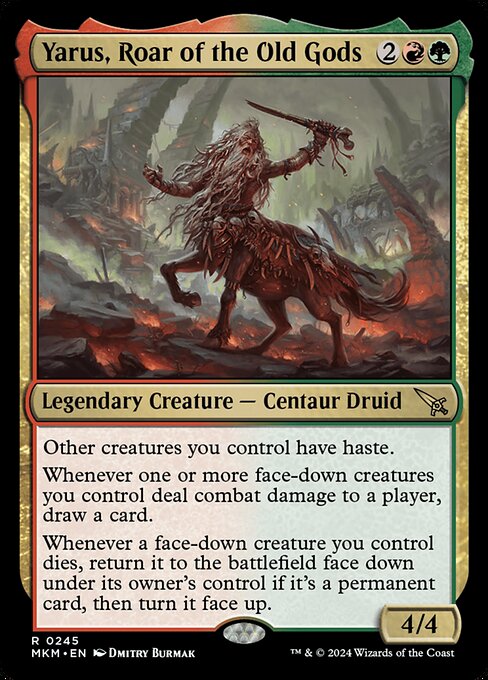
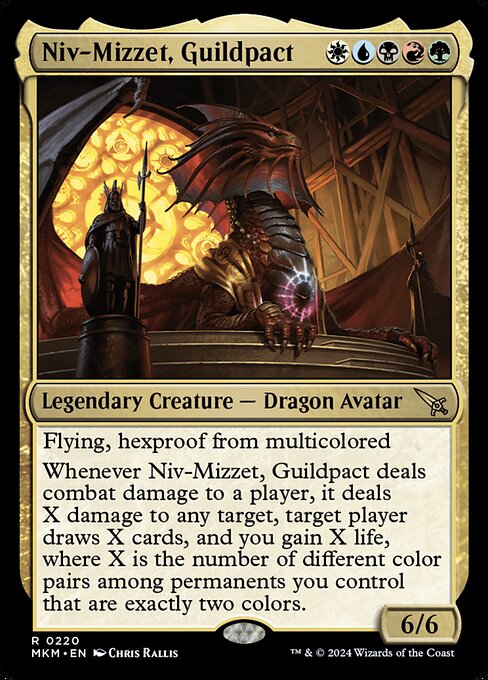













![Zockt uns Dennsen in Magic ab?! | Herumkommandiert #10 | EDH Commander Gameplay [Deutsch] thumbnail](https://i.ytimg.com/vi/skfLxrOTZgw/sddefault.jpg)






















